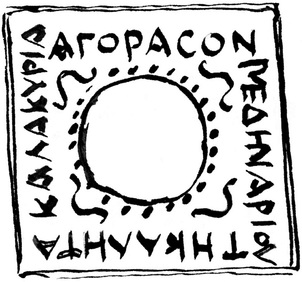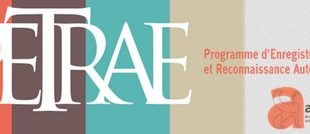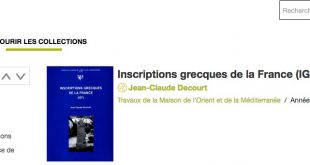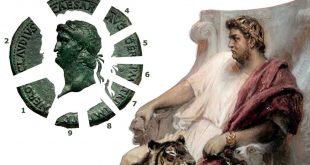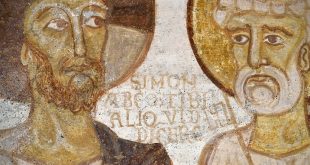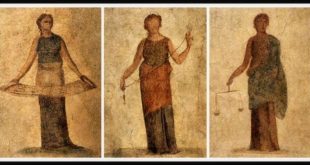In 2014, Italian archaeologist Giulia Baratta published a second-third century C.E. Greek inscription on a Roman lead mirror acquired by the Antikensammlung Staatlichen der Museen zu Berlin in 1910. The object is apparently now lost, but a drawing in the inventory remains; the drawing is reproduced here. What the drawing shows is the frame of a mirror-like surface with reflective glass. According to Baratta, this material was very common in the Roman Empire between the second and third centuries C.E. and was used primarily as a votive offering in female cults that idealized beauty, youth, and health. What is fascinating about the mirror is the Greek inscription that frames it. Baratta read the inscription as follows:
τῇ καλῇ τὰ καλὰ κυρίᾳ ἀγορᾶς ὅν με δηναρίου
“To the beautiful lady of the market the beautiful things, (a gift offered) with a denarius.”
lire l’article de Brice C Jones sur bricecjones.com
 Arrête ton char Langues & Cultures de l'Antiquité
Arrête ton char Langues & Cultures de l'Antiquité
